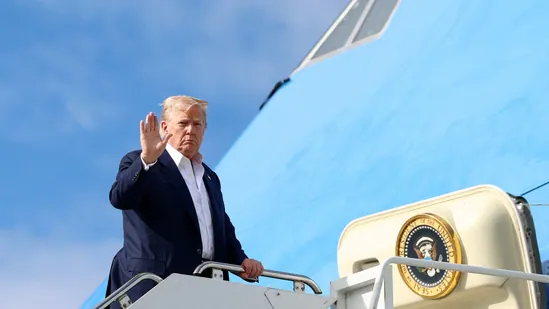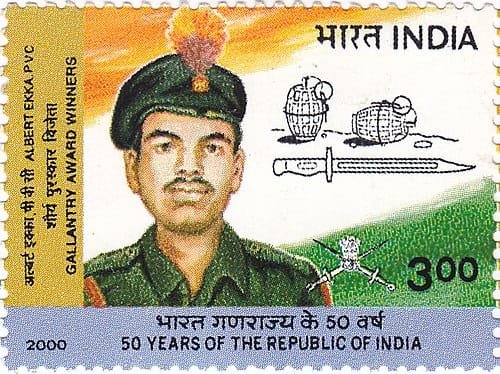Trump accused India of maintaining excessively high import duties and “unfair market barriers,” particularly in agriculture, which has been a key point of friction. The tariff move comes after both nations failed to finalize a Bilateral Trade Agreement (BTA) before the August 1 deadline.
🤝 Why Did the Talks Fail?
Trade negotiations collapsed mainly over agriculture—an area where India refused to give ground despite U.S. pressure.
The United States had demanded wider access to India’s domestic market for:
Genetically Modified (GM) crops like soybeans and corn
U.S. dairy products
Wheat and rice without Indian government price support
Poultry and pork products
Loosening of sanitary and safety standards that restrict American food imports
India’s position was clear: it cannot risk the survival of its small farmers, who form the backbone of the rural economy. More than 50% of India’s population depends on agriculture for their livelihood. The Indian government argued that opening its market to highly subsidized U.S. agricultural products would create an unfair playing field.
Further, cultural and religious concerns prevent India from accepting beef, pork, or dairy produced using animal rennet. India also cited its sovereign right to regulate food safety, biosecurity, and sustainability, and rejected U.S. pressure to lower standards.
📉 Economic Fallout
This 25% tariff will affect a broad range of Indian export sectors. These include:
Textiles and garments, one of India’s largest export earners to the U.S., will now face higher costs, making them less competitive.
Pharmaceuticals, particularly generic drugs, may face further scrutiny and possible additional tariffs.
Gems, jewelry, auto parts, and petrochemicals will also be affected, threatening tens of thousands of jobs in India’s export-dependent industries.
The Indian rupee has weakened slightly following the announcement, and industry leaders are urging the government to step in with support.
🇮🇳 India’s Response: Strategic and Measured
Despite the shock, the Indian government has chosen not to retaliate immediately. A senior official from the Commerce Ministry stated:
“India believes in rules-based trade. We are open to further dialogue but will not compromise on the welfare of our farmers or national food security.”
Here are some of the steps India is likely to take:
Continue trade negotiations in September with the hope of finding a balanced solution.
File a formal complaint at the World Trade Organization (WTO) and seek approval for counter-tariffs on U.S. goods worth up to $725 million.
Consider targeted retaliatory tariffs, particularly on U.S. agricultural products like almonds and apples, which are politically sensitive in the U.S.
Support affected Indian exporters through subsidies, Production-Linked Incentive (PLI) schemes, or alternative market access.
Diversify trade relations by deepening ties with the EU, ASEAN, and West Asian countries.
Strengthen the Atmanirbhar Bharat (Self-Reliant India) mission to reduce dependence on global markets.
Meanwhile, Indian opposition parties have criticized the Modi government’s “personal diplomacy” with Trump, blaming it for “strategic failure.” Farmers’ unions such as Bharatiya Kisan Union have praised the government’s stand, warning that opening Indian agriculture would have led to another wave of rural unrest.
🧭 What Comes Next?
The tariff goes into effect on August 1, and formal trade talks may resume by September 2025. Much depends on whether both nations can agree on a phased compromise—one that respects India’s domestic priorities while providing greater market access to the U.S.
Until then, Indian exporters will face a tough few months, and the outcome of these negotiations may shape the future of India-U.S. economic relations for years to come.












